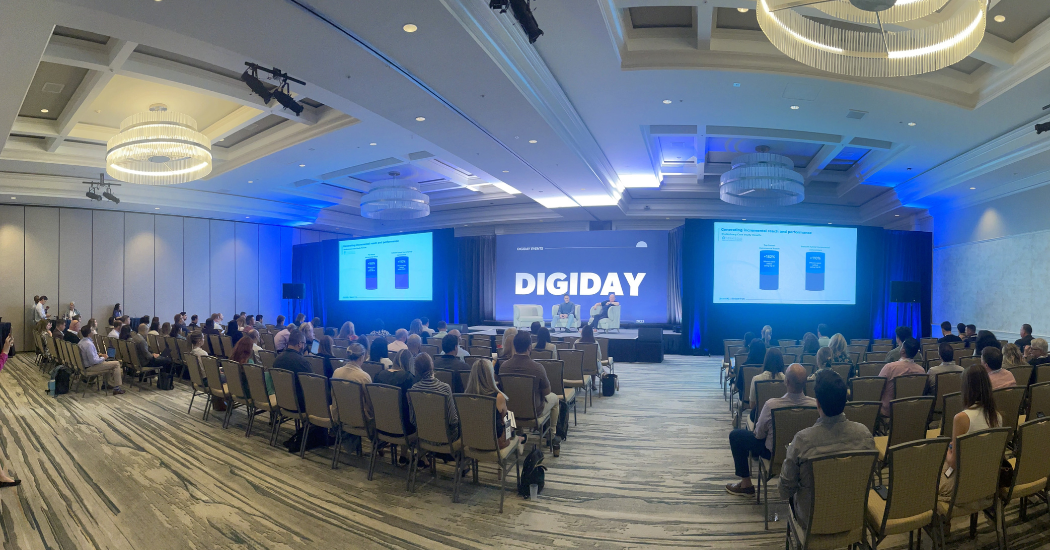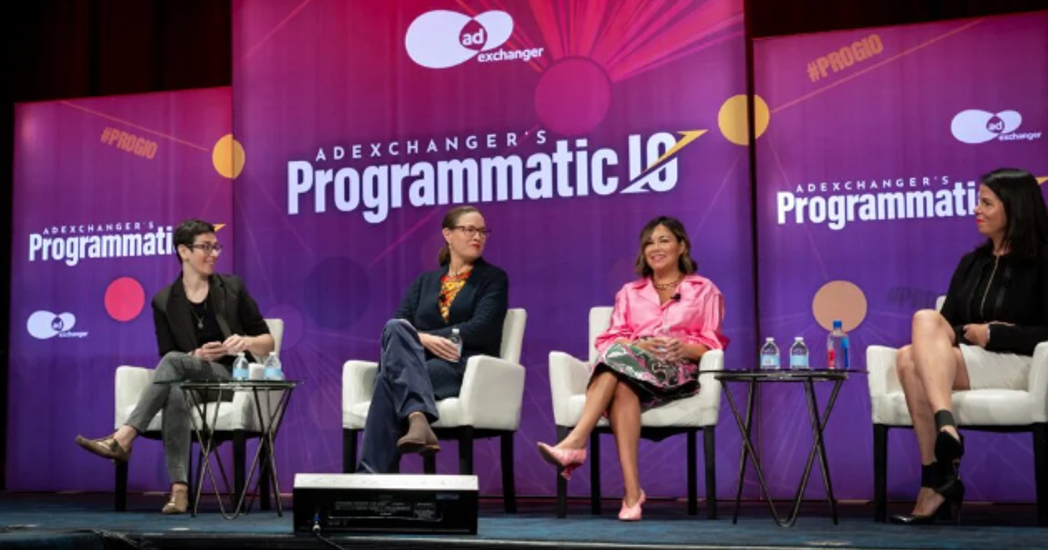Reviewing the Digiday Media Buying Summit: Insights & Key Learnings

The 2023 Digiday Media Buying Summit was held in Naples, Florida, in early October which held an intimate, yet condensed group of industry and agency leaders, with a tight agenda to cover the most pressing topics in the marketplace today. Panels and attendees ranged from large holding companies to boutique digital agencies, all intent on one purpose: finding out where the digital advertising ecosystem is heading, and how to keep up. By the start of the first day, it was apparent—the cookieless future and the growth of AI are at the top of every media buyer’s mind.
Cookies Will Soon Be a Thing of the Past
The cookieless future has been somewhat of an industry buzz term for years now, referring to the increased regulatory policies placed on consumer privacy standards by the General Data Protection Regulation (GDPR) and California Consumer Privacy Act (CCPA). As a result of these policies, major web and mobile browsers are in the infancy stages of taking steps to fully block third-party cookies. This poses a major, yet unavoidable, issue for advertisers. How will brands continue to accurately target their core consumer? Two words: adaptation and innovation.
Without the benefit of third-party cookie targeting, brands will need to shift their focus toward first-party and zero-party data, contextual advertising, and unified identification solutions to accurately reach their intended audience.
- First-Party Data: This data set serves as the most valuable and reliable data source, complete with advertiser customer analytics, and purchase and subscription data. Leveraging this data often results in better targeting as it stems directly from a brand’s sales data. With countless OTT/CTV client partners at Rain the Growth Agency, we’ve leveraged first-party data to effectively retarget and create look-alike prospecting audiences to be added into their media mix.
- While extremely valuable, this level of data does come with inherent risks from the advertisers perspective, such as:
- Loss of competitive strategy
- Data loss
- Mixing of data sets
- These factors culminate into a fundamental must-have for agencies: trust. As the need for privacy and data security increase, so does the need for a cohesive trusting relationship between agencies and advertisers.
- While extremely valuable, this level of data does come with inherent risks from the advertisers perspective, such as:
- Contextual Advertising: By taking a more contextual approach to targeting, advertisers can focus on content first across multiple media channels, ultimately reaching audiences in specialized contexts. Aligning relevancy between a product and content can often positively impact brand sentiment.
- Unified ID (UID) Solutions: The most widely known and used UID solution is UID 2.0, which leverages standardized, privacy-safe user identifications across multiple viewing screens (devices, platforms, sites, etc.). Products like UID 2.0 will need to continue to evolve, continue to be privacy-compliant and agnostic to all platforms.
The above listed solutions don’t come without their pitfalls, as no targeting solution fits all media channels. The digital landscape as a whole still struggles to find a balance within premium inventory and scale. This was a commonly found sentiment during the summit. One attendee put it best:
“I cannot believe that there’s not an easier way where you can go in and do a preferred placement list, just like you do for programmatic and display and other types of formats.”
How AI Aims to Reshape Digital Buying
AI is constantly evolving and is making steady progress toward bridging the gap between the current advertising landscape, and a postcookie world. When we speak of the solutions centered around first-party data, contextual advertising and unified ID solutions, AI is often the technology behind those tools.
On the topic of data privacy, AI’s data anonymization, user profiling, and consent opt-in tools enable advertisers to safely access inventory geared toward their core consumer. Machine learning will allow for AI backed DSPs to predict user behavior, while serving ads in safe environments due to ad fraud detection.
So, what does this all mean? As more data measurement, demand side platforms (DSPs), and programmatic bidders integrate AI into their platforms, advertisers will have better access to predictive analytics, dynamic pricing, ad quality scoring and creative optimizations, among many other factors. We’re already seeing this trend happen with omnichannel platforms like Cognitiv, Chalice, Silverpush, and Seedtag—all of which were in attendance for the Digiday summit.
It’s important to know that not all AI is created equally, meaning while the partners listed above are all leveraging machine learning in their algorithms, it is ultimately up to media buyers to do their due diligence and choose the right partner for their client partners. This is already a priority for Rain the Growth Agency.
The Rain the Growth Agency team recently launched a Transactional Brand Building algorithm with Chalice AI for a client partner that has immediately paid dividends. The algorithm delivered an unprecedented balance between brand and performance, delivering on all client KPIs; inclusive of brand awareness lift, platform conversion data and impressions quality data. Thus far, the campaign has seen an awareness lift of 17% and ROAS growth within seven weeks, and has paved the way for additional clients within the portfolio to confidently test AI algorithms.
Future State
While the exact time frame in which cookies will permanently disappear is undetermined, both advertisers and agencies that are preparing for this massive change will certainly benefit from proactive due diligence. It will be exciting to see how the next few years unfold, and which technologies will emerge and/or evolve.
This article is featured in Media Impact Report No. 49. View the full report here.
